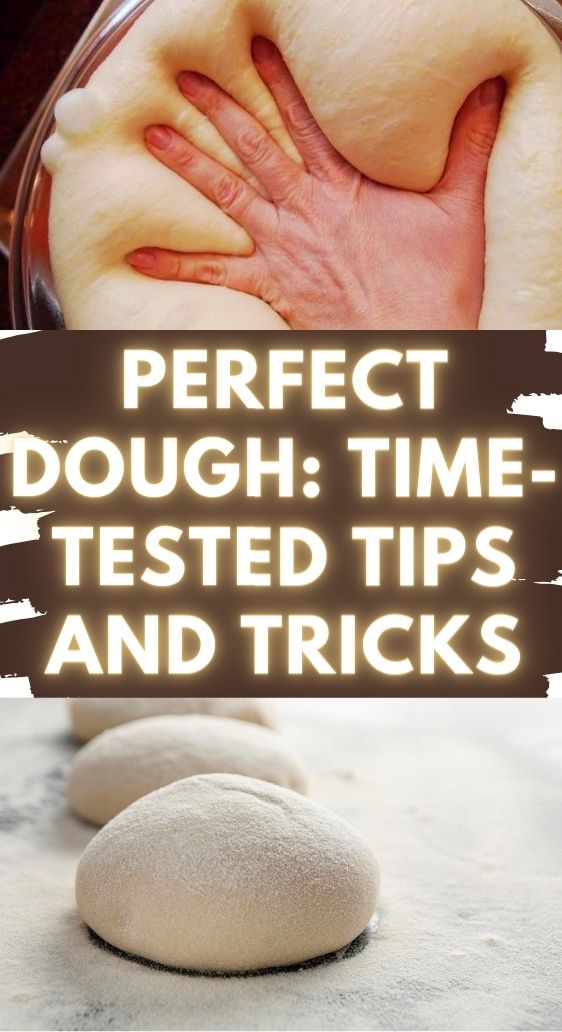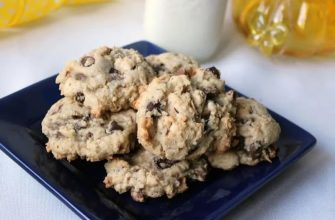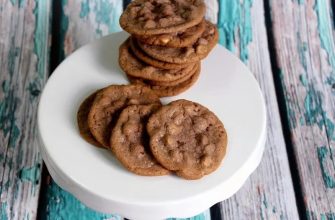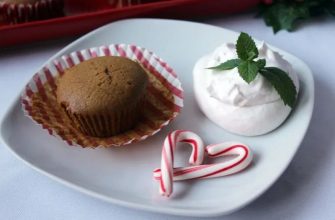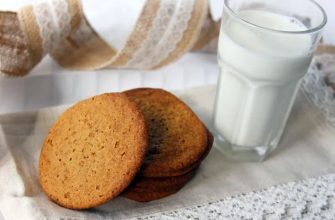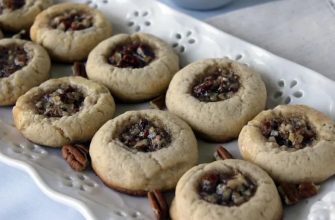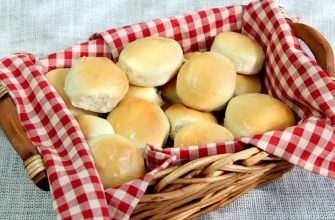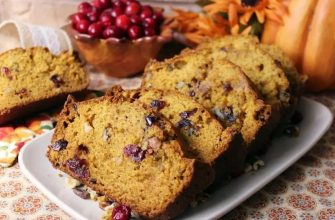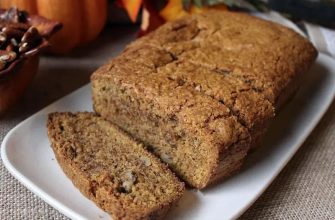Contents
Baking delicious treats is a joy accessible to all. Whether you’re a frequent baker or just starting out, mastering the art of dough is key to achieving bakery-worthy results. Our tried-and-true tips will guide you to become a dough-making pro, ensuring that your creations not only taste amazing but look stunning too.
Perfect Dough: Time-Tested Tips and Tricks
1. Sponge Cake Batter
- If egg whites refuse to whip up, chances are there’s a speck of yolk in them. The only fix? Start over with fresh whites, making sure to separate them meticulously. Whites may also struggle to whip if sugar is added too early; in that case, whip them over a water bath.
- If your sponge cake turns out too dense and fails to rise properly in the oven, there could be several reasons. Poorly beaten ingredients and excessive flour typically lead to this disappointing outcome. Additionally, avoid letting the batter sit out for too long before transferring it to the oven. Ensure the oven is thoroughly preheated before baking.
- To ensure your sponge cake bakes evenly, it’s best to bake it at a moderate temperature. Baking at too high or too low a temperature will likely result in an undercooked cake.
2. Cake Batter
- If your cake batter separates when eggs are added, you may have added too many eggs. Make sure the butter and eggs you’re mixing are at the same temperature. Keep beating the batter until it reaches the desired consistency.
- If your cake fails to rise in the oven, it’s likely due to poorly beaten butter and sugar. Another possibility is that the butter melted during the mixing process.
- If your cake turns out dense and sticky, it may be due to too much flour or liquid. Adding eggs and sugar without beating them may also cause this effect.
3. Puff Pastry Dough
- If your butter-and-flour mixture becomes too sticky, refrigerate the dough—cooling the butter will prevent it from sticking.
- If the dough is too sticky, add a little flour and refrigerate it briefly.
- If the dough crumbles, it indicates a lack of moisture. Add water gradually, moistening dry spots carefully.
- If your baked goods turn out dry and tough, they were likely baked for too long. Keep an eye on the baking time and ensure the butter doesn’t melt during dough preparation.
4. Cottage Cheese Dough
- If the dough is too soft and sticky, you probably used wet cottage cheese. Add flour or semolina to correct it.
- If the dough crumbles, it lacks moisture.
5. Shortcrust Pastry Dough
- If the dough is too soft, you need to add more flour.
- If the dough crumbles, there may be several reasons. Insufficient butter, too little liquid, and cold butter are common culprits. Remember to bring the butter to room temperature before kneading the dough!
- If the liquid filling fails to thicken, it’s possible that the baking temperature was too low or there weren’t enough eggs and starch in the filling. Alternatively, the pastry may not have been fully baked.
- If the pastry burns, carefully remove the burnt layer with a grater, then dust the pastry with powdered sugar.
Bonus Tip:
- To keep pies fresh and fluffy when stored on a ceramic dish, cover them with a cloth napkin.
- Slice flaky cake perfectly by heating the knife before cutting; immerse it in boiling water for 1 minute.
- If the dough is too stiff but sticks to your hands, use a glass bottle filled with cold water as a rolling pin. It rolls out perfectly!
- For a delicious glaze, melt chocolate candies and mint candies, mixing them with a few spoonfuls of water or milk.
Enjoyed these tips? Share them with your friends!



